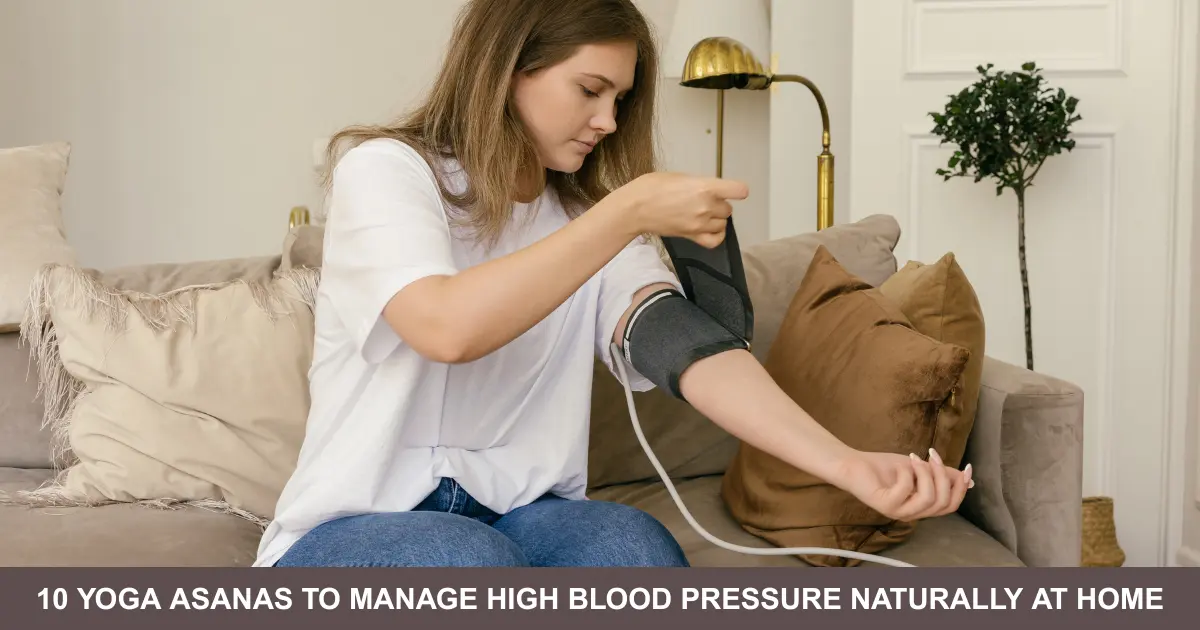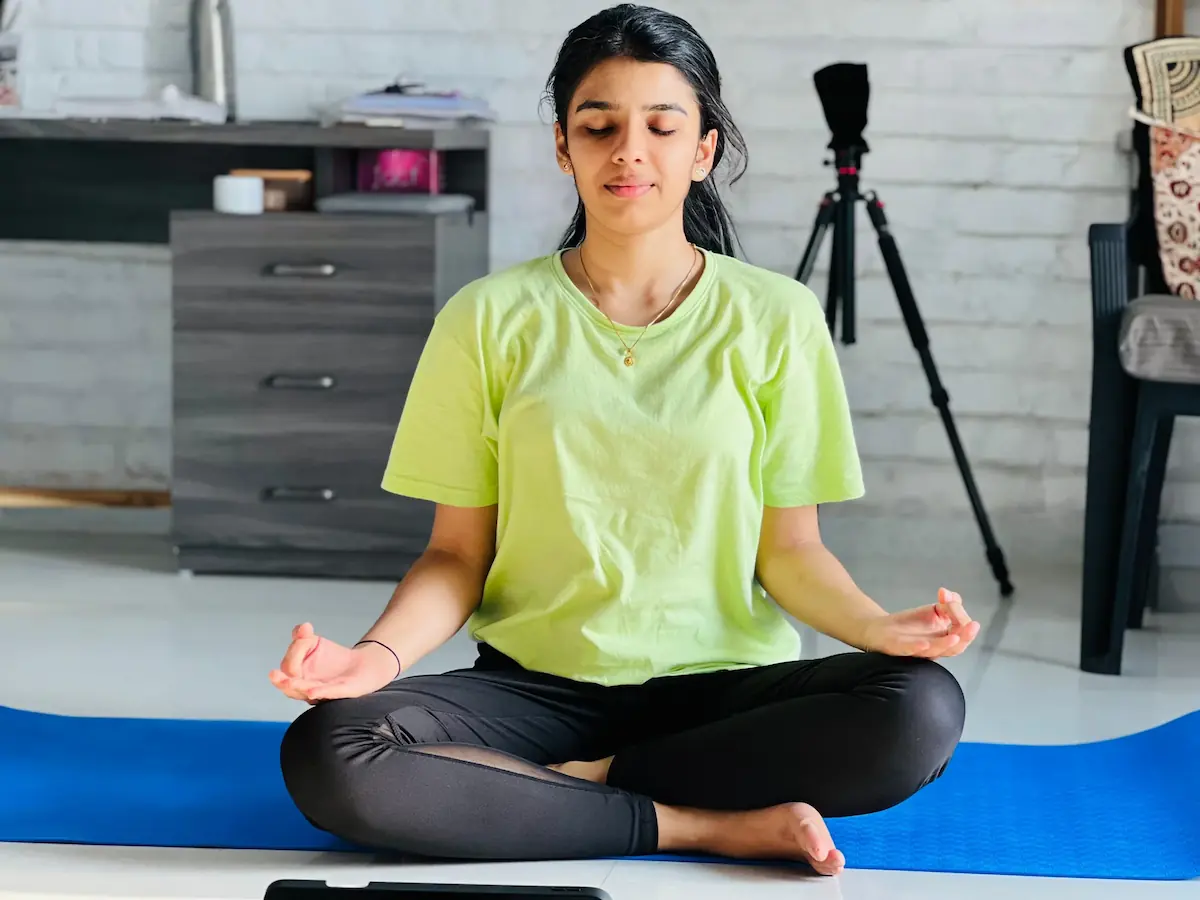Breathe Easy, Start at Home
High blood pressure (Hypertension) can quietly impact your health—raising the risk of heart disease, stroke, and kidney issues. While medications help, lifestyle changes like yoga can offer powerful support. Practicing calming poses regularly can ease tension, regulate your heartbeat, and activate your body’s natural relaxation response.
And the best part? You don’t need fancy gear or experience. You just need your breath and a little space.
Here are 10 beginner-friendly yoga poses you can safely try at home to help manage high blood pressure.
Balasana (Child’s Pose)

How to Do It:
- Kneel on your mat and sit on your heels.
- Fold forward, letting your forehead touch the ground.
- Stretch your arms in front or rest them beside your body.
- Breathe deeply and hold for 1–3 minutes.
Benefits:
- Calms the nervous system
- Eases tension in the lower back
Tip: Place a cushion under your forehead for extra comfort.
Baddha Konasana (Bound Angle Pose / Butterfly Pose)
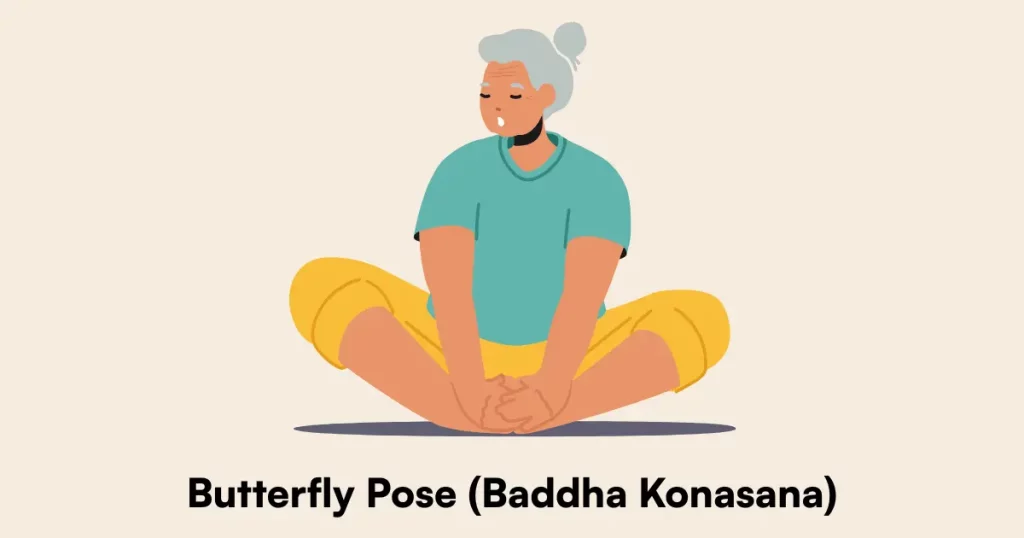
How to Do It:
- Sit with legs stretched forward.
- Bend knees, bring soles of feet together.
- Hold your feet, keep the spine straight.
- Gently flap knees like butterfly wings or stay still for 3–5 breaths.
Benefits:
- Stimulates blood circulation
- Soothes the nervous system
Precaution: Sit on a cushion if hips feel tight.
Paschimottanasana (Seated Forward Bend)
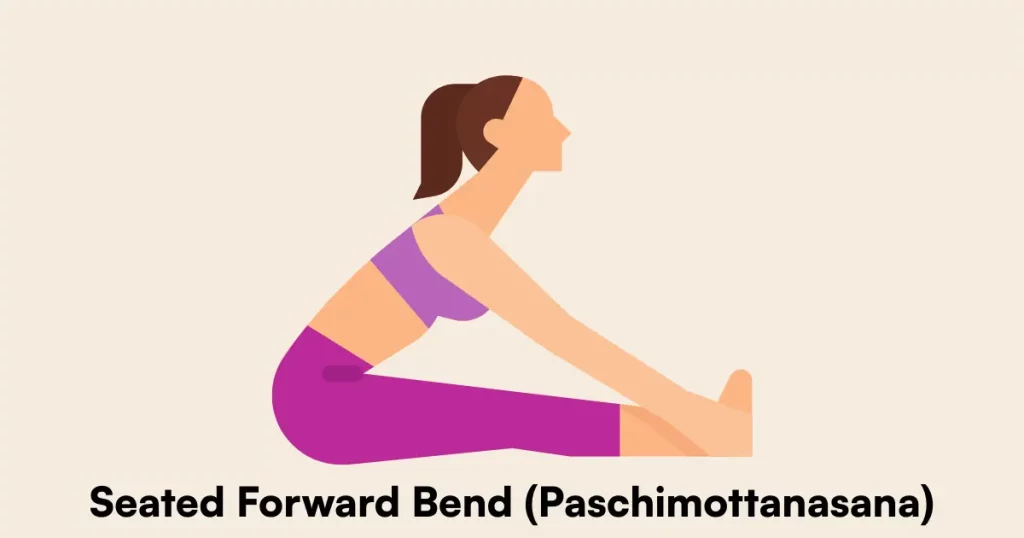
How to Do It:
- Sit with legs extended.
- Inhale, lengthen your spine.
- Exhale, bend from hips, reach toward feet.
- Hold for several slow breaths.
Benefits:
- Reduces stress and fatigue
- Supports digestion and heart health
Tip: Use a yoga strap around your feet if hamstrings are tight.
Bhujangasana (Cobra Pose)
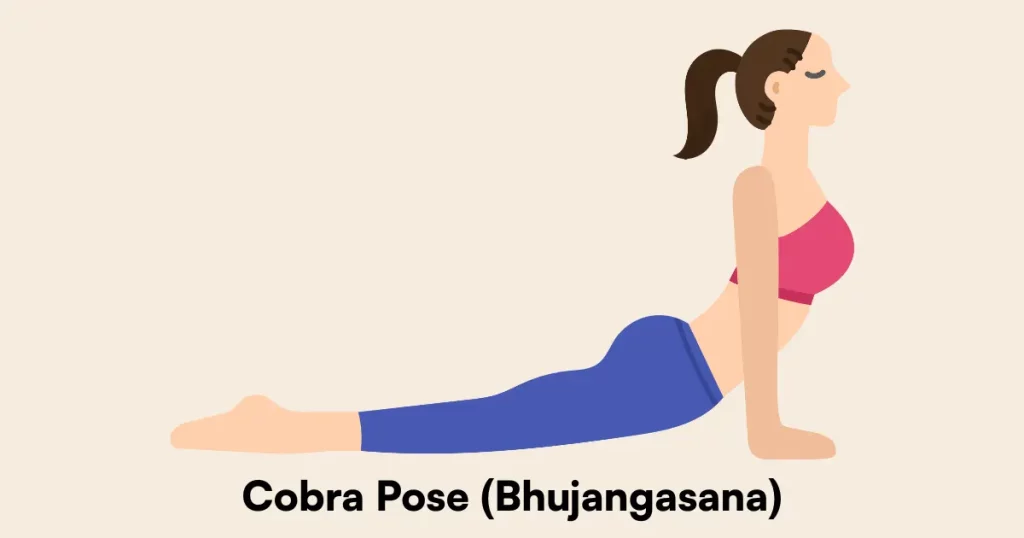
How to Do It:
- Lie face down, hands under shoulders.
- Inhale, lift chest using back strength.
- Keep elbows soft, shoulders relaxed.
- Hold for a few breaths, then lower down.
Benefits:
- Boosts circulation
- Opens the chest for easier breathing
Precaution: Avoid if you have severe back pain or recent abdominal surgery.
Shavasana (Corpse Pose)
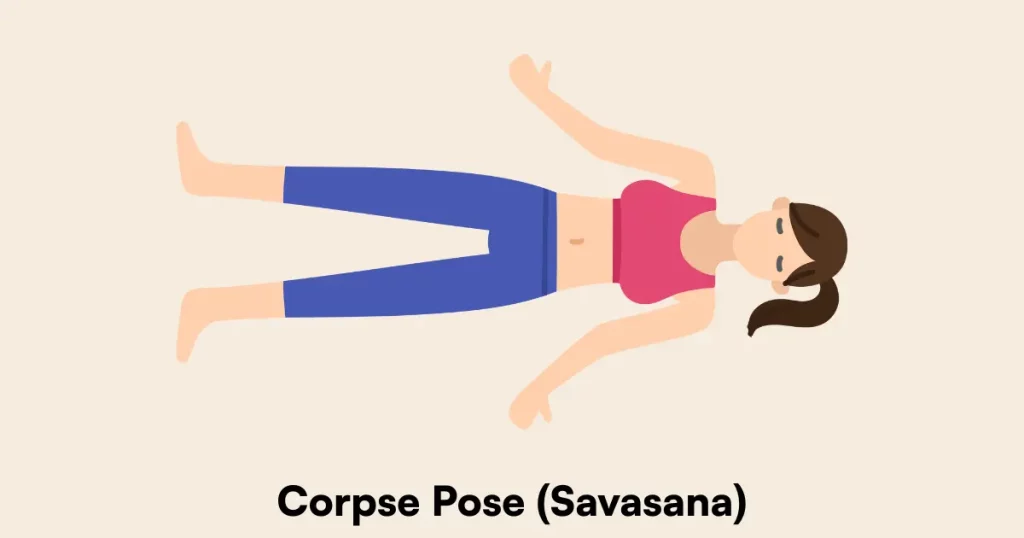
How to Do It:
- Lie flat on your back, arms and legs comfortably apart.
- Palms facing up, eyes closed.
- Breathe slowly, relax completely for 5–10 minutes.
Benefits:
- Deeply calms the body and mind
- Lowers blood pressure by reducing stress hormones
Tip: Practice after your yoga session for best results.
Supta Baddha Konasana (Reclined Butterfly Pose)
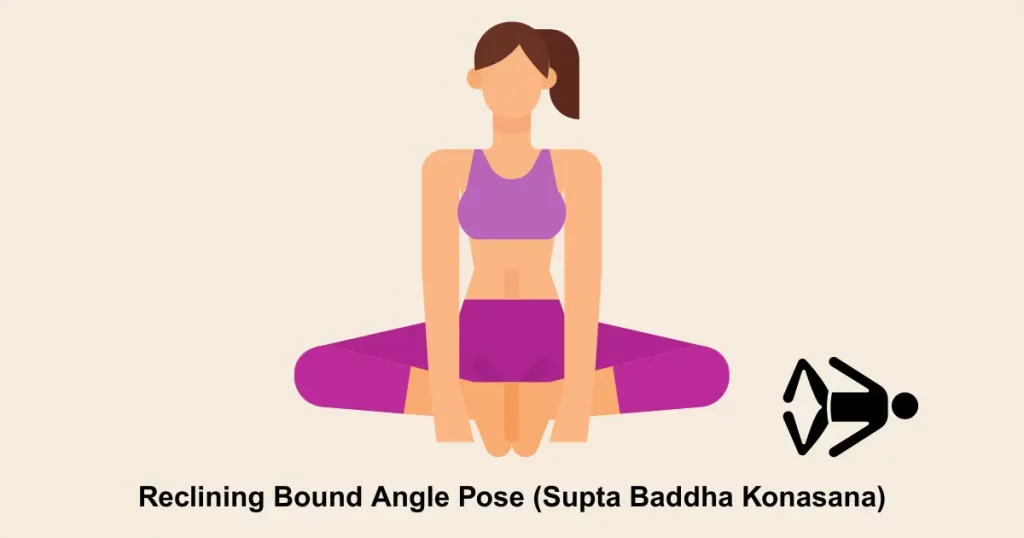
How to Do It:
- Lie on your back.
- Bring soles of feet together, let knees fall open.
- Place cushions under knees for support.
Benefits:
- Opens hips and chest
- Encourages deep relaxation
Precaution: Use blankets under your back if needed.
Viparita Karani (Legs-Up-the-Wall Pose)
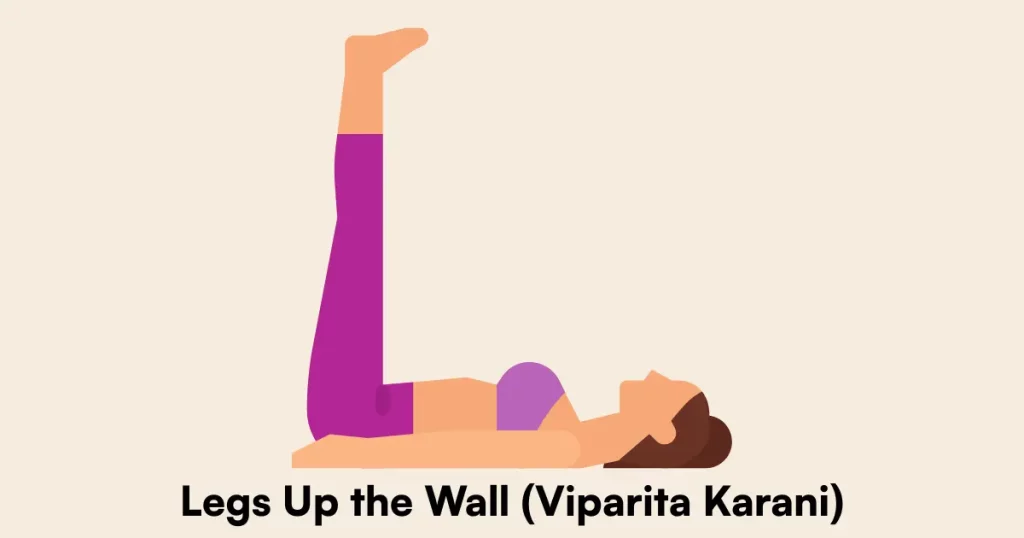
How to Do It:
- Sit next to a wall, lie down, and swing legs up against the wall.
- Keep arms relaxed beside you.
- Stay for 5–10 minutes.
Benefits:
- Regulates blood flow
- Eases fatigue and swelling in the legs
Tip: Place a folded blanket under your hips for comfort.
Ardha Matsyendrasana (Half Spinal Twist)
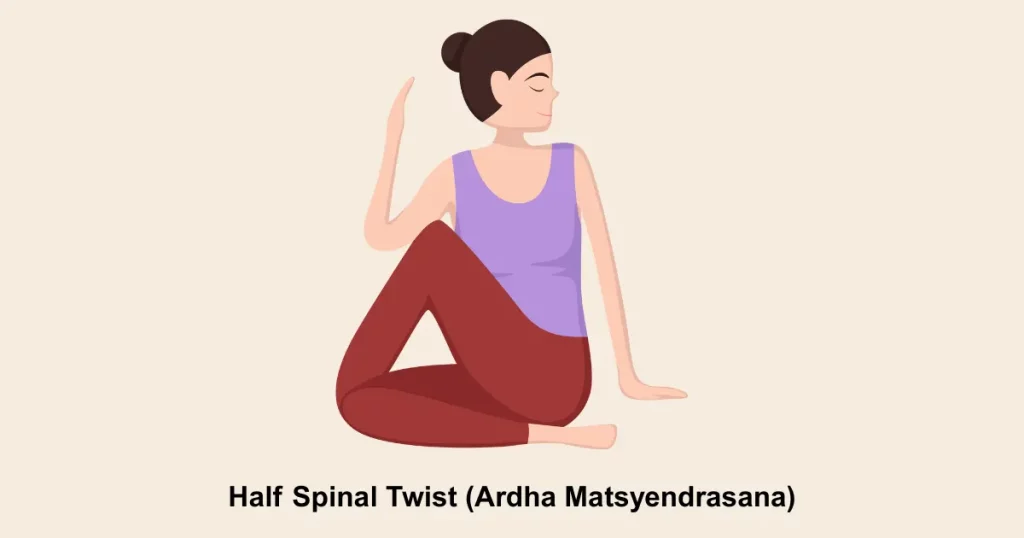
How to Do It:
- Sit with legs extended.
- Bend one knee, place foot outside opposite thigh.
- Twist gently toward bent knee, place hand behind you.
- Hold, then switch sides.
Benefits:
- Stimulates organs
- Enhances circulation
Precaution: Keep your spine tall and avoid overtwisting.
Marjaryasana-Bitilasana (Cat-Cow Pose)
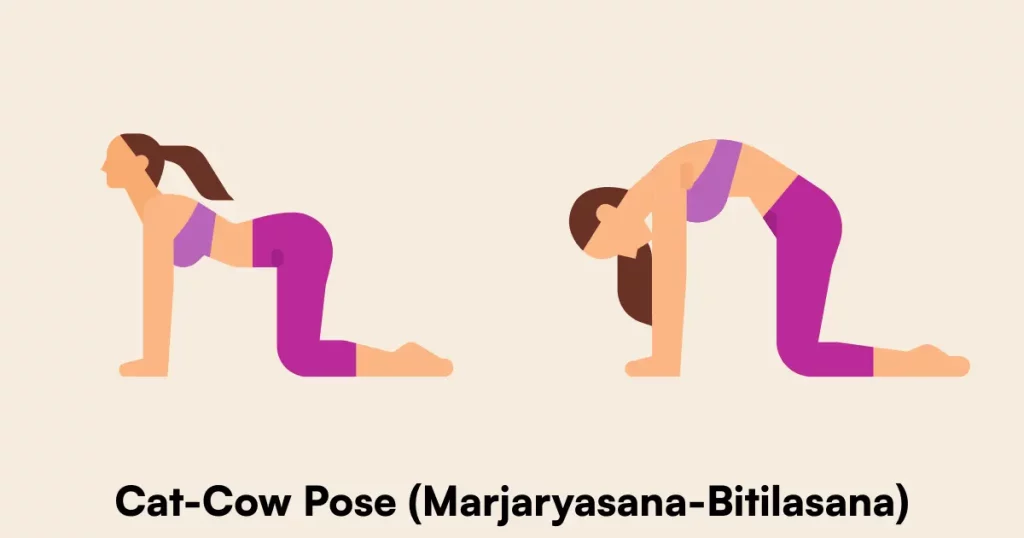
How to Do It:
- Come to all fours, wrists under shoulders, knees under hips.
- Inhale: Arch your back (Cow). Exhale: Round your spine (Cat).
- Repeat slowly for 1–2 minutes.
Benefits:
- Reduces tension in the spine
- Improves breath control and awareness
Tip: Move gently with the breath, no rush.
Tadasana (Mountain Pose)
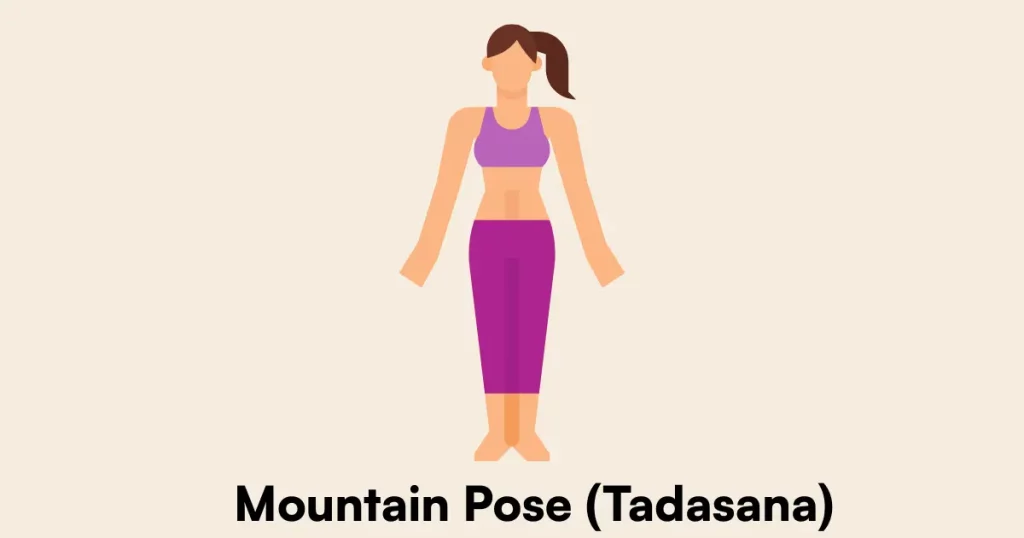
How to Do It:
- Stand tall, feet hip-width apart.
- Arms by your sides or raised overhead.
- Engage thighs and lengthen the spine.
- Breathe deeply and feel grounded.
Benefits:
- Improves posture and stability
- Promotes mindful breathing
Precaution: Practice near a wall if you feel unsteady.
Final Thoughts: Slow Breaths, Steady Heart
Managing high blood pressure doesn’t mean drastic changes overnight. It’s about small steps done daily with love and intention. Practicing these gentle poses can calm your mind, improve circulation, and support your heart health naturally.
Always check with your doctor before beginning a new yoga routine, especially if you’re on medication or have other health concerns.
Frequently Asked Questions (FAQs)
Q1: Can yoga completely cure high blood pressure?
Yoga supports blood pressure management, but it’s not a substitute for medical care. Use it alongside your doctor’s advice.
Q2: When is the best time to do yoga for blood pressure?
Morning or early evening, on an empty or light stomach, is ideal for best results.
Q3: How often should I practice these poses?
Aim for 20–30 minutes daily or at least 3–4 times a week.
Q4: Is yoga safe for seniors with hypertension?
Yes, but opt for gentle poses and use props. Always consult a healthcare professional.
